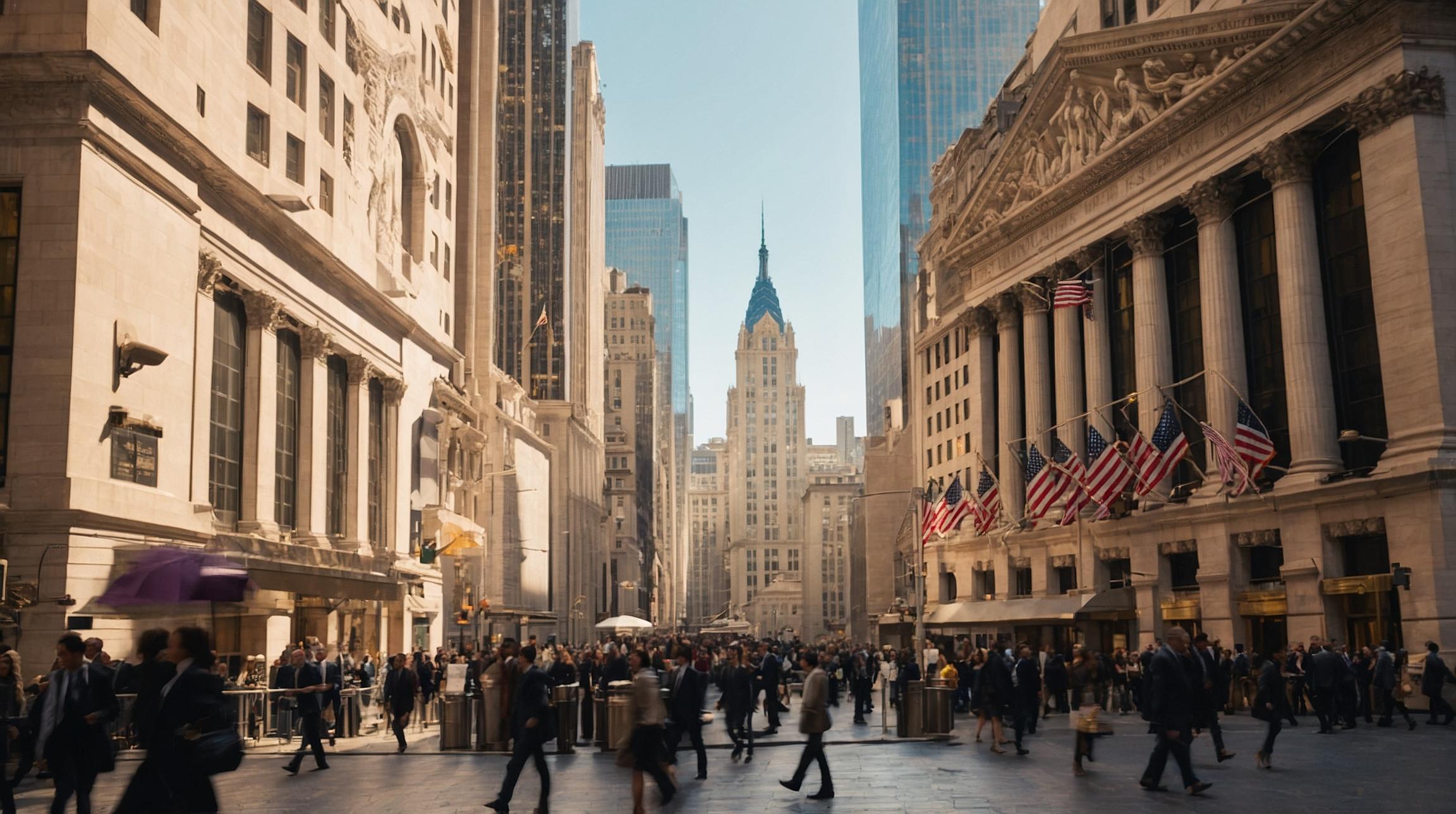Early Holiday Shopping Reflects Consumer Caution Amid Inflation and Tariff Pressures
The 2025 holiday shopping season is unfolding earlier than usual, with retailers like Costco in Princeton, New Jersey, already displaying seasonal items such as pre-lit Christmas trees and wrapping supplies. Sales associates report some holiday merchandise is beginning to sell out, signaling strong early demand.
According to Brian McCarthy, a principal at Deloitte Consulting, many consumers initiated holiday purchases as early as July to capitalize on sales events like Amazon Prime Day, driven partly by concerns over rising prices. “Consumers are more concerned about their economic outlook,” McCarthy noted, citing the combined effects of persistent inflation and tariffs imposed during former President Donald Trump’s administration.
Moderate Growth Expected in Holiday Retail Sales
Deloitte’s recent holiday retail survey forecasts retail sales between November and January to reach approximately $1.61 trillion to $1.62 trillion, marking a 3% increase from last year. This growth rate is slower than the 4.2% rise recorded in 2024, reflecting cautious consumer behavior amid economic uncertainties.
E-commerce sales are anticipated to grow between 7% and 9% year-over-year during the upcoming holiday season, providing a significant uplift to overall retail figures. “We expect this holiday season to demonstrate the resiliency of consumers as they continue to face economic uncertainty,” said Natalie Martini, Deloitte’s vice chair and U.S. retail and consumer products leader.
Consumer Concerns and Spending Trends
Despite the early shopping surge, consumer sentiment remains wary. A Bankrate report found that 41% of consumers worry about higher gift prices this holiday season, while 30% plan to reduce their spending compared to last year. On average, planned holiday expenditures—including gifts, travel, and entertainment—are expected to decline by 5% to about $1,552, according to PwC.
Nearly half of surveyed shoppers (49%) have either started or intend to start shopping before October 31, reflecting a strategic approach to budgeting for the holidays. Ted Rossman, senior industry analyst at Bankrate, predicts retailers will need to offer discounts to attract price-sensitive customers, with significant deals likely beginning in early October and continuing through Christmas.
Tariffs’ Limited Immediate Impact on Holiday Prices
Experts suggest that the impact of tariffs on holiday merchandise prices may be limited this season. “The impact of tariffs for the upcoming holiday season is already baked in because retailers have largely secured inventory or have it in transit,” said Marbue Brown, consumer trends analyst and author of “Blueprint for Customer Obsession.”
Many retailers placed orders earlier than usual this year to avoid tariff-related price increases, according to McCarthy. Rossman added that tariff delays allowed retailers to obtain goods at pre-tariff prices, potentially insulating consumers from substantial price hikes during the holidays.
At the local level, prices for holiday items such as a 7.5-foot pre-lit artificial Christmas tree at Costco remain consistent with last year, priced at $459.99. Rossman cautions that while retailers are currently absorbing some cost pressures, this may not be sustainable indefinitely.
FinOracleAI — Market View
The early start to holiday shopping amid inflation and tariff concerns signals cautious but resilient consumer behavior. Moderate retail sales growth of around 3% is expected, supported by strong e-commerce expansion. Risks include potential spending pullbacks if inflation accelerates or tariffs impact supply chains more severely.
Investors should monitor consumer sentiment and retailer inventory strategies closely, as these factors will influence pricing and profit margins throughout the season. The effectiveness of discounting to stimulate demand will also be a key variable in retail performance.
Impact: neutral













